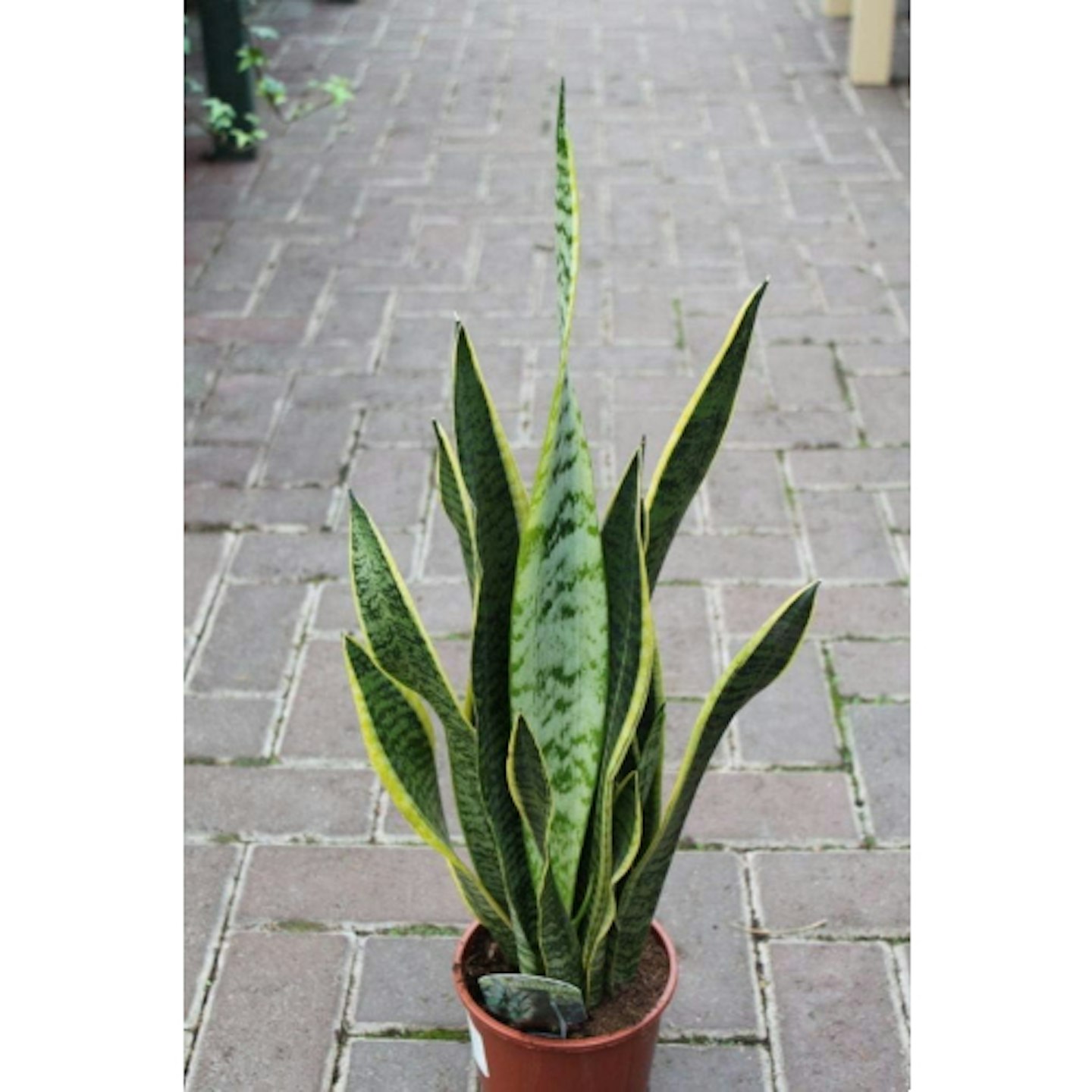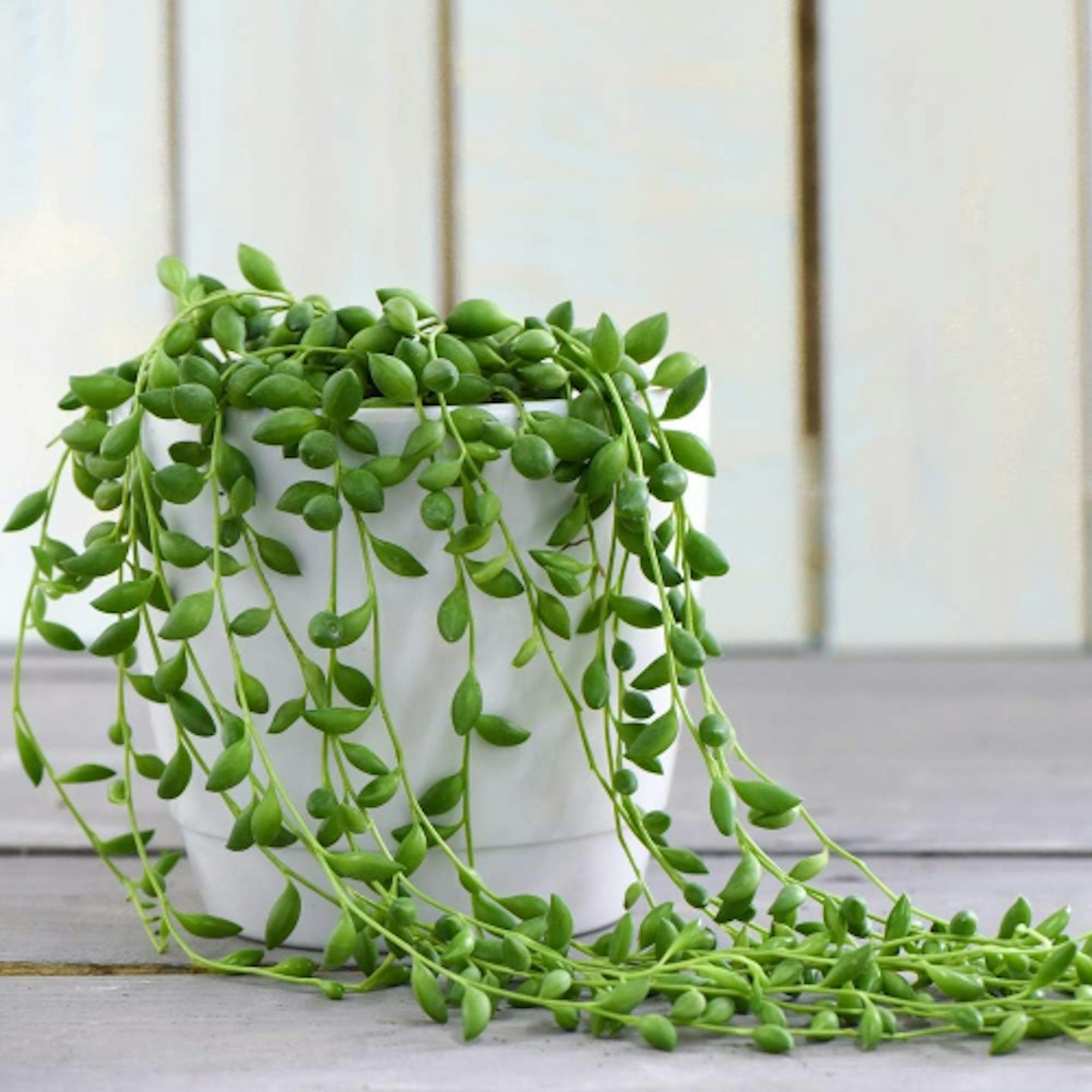Light and airy living spaces are all well and good in an aspirational sense, but we can't all enjoy French doors, balconies, and bay windows. But, those of us who live in more modest homes can still fancy the place up with some choice indoor plants. While we all know that herbs love kitchen windowsills and we can just about keep a fern alive in the bathroom, we're taking a look at some plants that are happy in lower-light conditions.
Indoor plants add vibrancy to all rooms of your house, and their oxygenating properties help keep the air in your home fresh. They are worth considering if you want to create healthier living spaces. Plus, it's proven that looking after and nurturing plants can aid mental well-being.
Best low-light indoor plants at a glance:
Whether you want to add a verdant touch to your hallway, decorate a north-facing window ledge, freshen up your downstairs loo with foliage, or get a leafy buddy for your desk, we have a superb selection of plants that will be able to flourish in such shady settings.
Best low-light indoor plants
1.
Devil's Ivy
Best low-light indoor plant for low maintenance
 Cambridge Bee Plants
Cambridge Bee Plants Pothos, or 'devil's ivy,' is so-called because it can grow with virtually no light and is said to be very hard to kill. This makes it a great option for beginner indoor gardeners or those who haven't been able to keep house plants alive before.
It's a versatile plant that's happy to grow up a moss pole, in a hanger, or in a pot on a shelf. What we like about this variation is the golden variegation that contrasts beautifully with the vibrant green of the leaves.
Pros
- A plant that is almost impossible to kill
- It can work as a pot plant or in a hanger
Cons
- Toxic, so needs to be out of reach of pets
Best humidity-loving low-light indoor plant
 GardenersDream Store
GardenersDream Store Instantly recognisable, the monstera, more famously known as the Swiss cheese plant, will bring a tropical-looking touch of greenery to your home. Due to its native environment, this plant loves humid conditions.
Swiss cheese plants should be misted regularly, so bear this in mind unless they are in a bathroom, where the moisture in the air should do the same job. Do be aware that if you're successful in nurturing your monstera, they can grow to be very large.
Pros
- Distinctive leaves are attractive
- Potential to grow to an impressive size
Cons
- Will not thrive in especially dry conditions
3.
Snake Plant
Best drought-tolerant low-light indoor plant
 Botanicly
Botanicly Another low-maintenance option is the spiky snake plant, which can last for weeks without water, making it a strong choice for anyone who is away from home often. This plant has several names, including the cheeky 'mother-in-law's tongue.'
Because of their distinctively shaped leaves, snake plants work brilliantly placed among other house plants with softer foliage, as they really will stand out from the crowd. Snake plants can grow to a good height, so they may need repotting regularly so they don't tip over.
Pros
- Can go for weeks without water
- Lots of different varieties to choose from
Cons
- Will die if overwatered
4.
Spider Plant
Best low-light indoor plant for easy propagation
 GardenersDream Store
GardenersDream StorePerennially popular, spider plants have been gracing the homes of the British for decades. These cheerful little plants have long, slim leaves that arch outwards. They can thrive in partial or near total shade.
If you look after your spider plant well, you'll be rewarded with baby spiderettes, tiny plantlets that grow from the mother plant's mature stems. These can be carefully picked off and propagated in water or soil.
Pros
- Will produce baby plants that you can propagate
- Doesn't require much pruning
Cons
- Does not like to be placed in a draught
5.
ZZ Plant
The ZZ plant offers it all - it makes for a great statement indoor pot plant whilst being low maintenance. The ZZ plant's full name is zamioculcas zamiifolia, with the name also representing the glossy leaves that 'zig-zag' up the stems.
This plant can tolerate rooms with low humidity, such as dining rooms or home offices. It can grow to around three feet tall, making it a favourite among houseplant aficionados.
Pros
- Lovely thick, waxy foliage that makes a statement
- Available in three grow heights to suit your space
Cons
- Rarely flowers, and if it does, the flowers are tiny
6.
Peace Lily
Best low-light indoor plant for indirect light
 GardenersDream Store
GardenersDream StoreGrowing best in indirect light, peace lilies will bring a quiet elegance to your plant collection. They are natural air purifiers, so are a popular choice to place in bedrooms.
If you're looking after your peace lily well, you can hope for white flowers, known as 'spathes.' These are actually easy to look after. Their leaves go very droopy when they are thirsty, so it's an obvious sign, but they will soon revive once watered.
Pros
- Obvious drooping leaves when they need water
- Can produce long-lasting spathes
Cons
- Will wither in direct sunlight
Best trailing low-light indoor plant
 Thompson & Morgan
Thompson & Morgan We love hanging plants, as they are a great option for anyone short on desk, shelf, or counter space. A popular place to position a hanging plant is in a corner, so low-light options make sense. The beautiful string of pearls plant offers a delicate and decorative choice.
This house plant is actually a succulent, meaning it needs watering only every few weeks. The strands of string of pearls can get very long, so you may want to learn how to propagate it to avoid it reaching the floor.
Pros
- A great option for those short on space
- Only needs watering every two weeks
Cons
- Will trail to the floor if you let it
How we chose the best low-light indoor plants
All of these low-light indoor plants have been hand-selected by our team of Modern Gardens shopping experts. We carefully considered the required conditions, care requirements, and of course, looks, in our selection of the best. Our team has spent hours investigating and researching all types of low-light indoor plants to make it easier for you to find the very best, and we'd never recommend a product we don't believe in.
Where possible, we also test and share the latest and best products you should know about. And with help from Modern Gardens Magazine, Garden News, and Garden Answers, we share expert gardening knowledge to help you get the most from your product.
Frequently asked questions
How do I care for my low-light plant?
Caring for low-light tolerant houseplants is the same as caring for any indoor houseplants. Ensure the container is the correct size, and re-pot when necessary. Good drainage is important, so ensure when you water the plant, there's somewhere for excess water to run off. Some plants will benefit from a regular misting, even if they don't need watering.
Do I need to use a plant fertiliser on my indoor plant?
Yes. Any plants in your home will thrive if you give them plant food. This might be required several times a year or more often, depending on the type of plant, the brand of plant food, and the time of year. It's best to follow the manufacturer's instructions on the container to work out your ideal plant-feeding schedule.
How can I tell if my low-light plant actually needs more light?
You'll be able to tell if your plant needs more light as it will generally look unhealthy and won't be growing or producing new leaves. Existing leaves may turn yellow or brown and even drop off. These are signs you should move it to a brighter location.
What low light indoor plants work well in bathrooms?
Bathrooms generally have small windows, so are a great candidate for low light indoor plants. It goes without saying moisture-loving plants that can stand the humid conditions of a bathroom are the best to opt for. Ferns are an obvious candidate, but you could also consider a Swiss cheese plant, an aloe vera, or even a selection of air plants for an attractive display.
What to read next:
Subscribe to Modern Gardens magazine and get the most out of your outdoor space. Discover everything you need to know to make your outside space look fantastic, quickly and easily, with hundreds of simple ideas, designer tricks, affordable products and expert advice in every issue of Modern Gardens. View our latest subscription offers to save on shop prices.
Amy-Mae Turner is a Commerce Content Writer for Modern Gardens, Yours, Take A Break Pets, and A Modern Kitchen. When she's not pottering in the garden or mucking around in the kitchen, she can be found having doggy cuddles with her two beloved cockapoochis.

